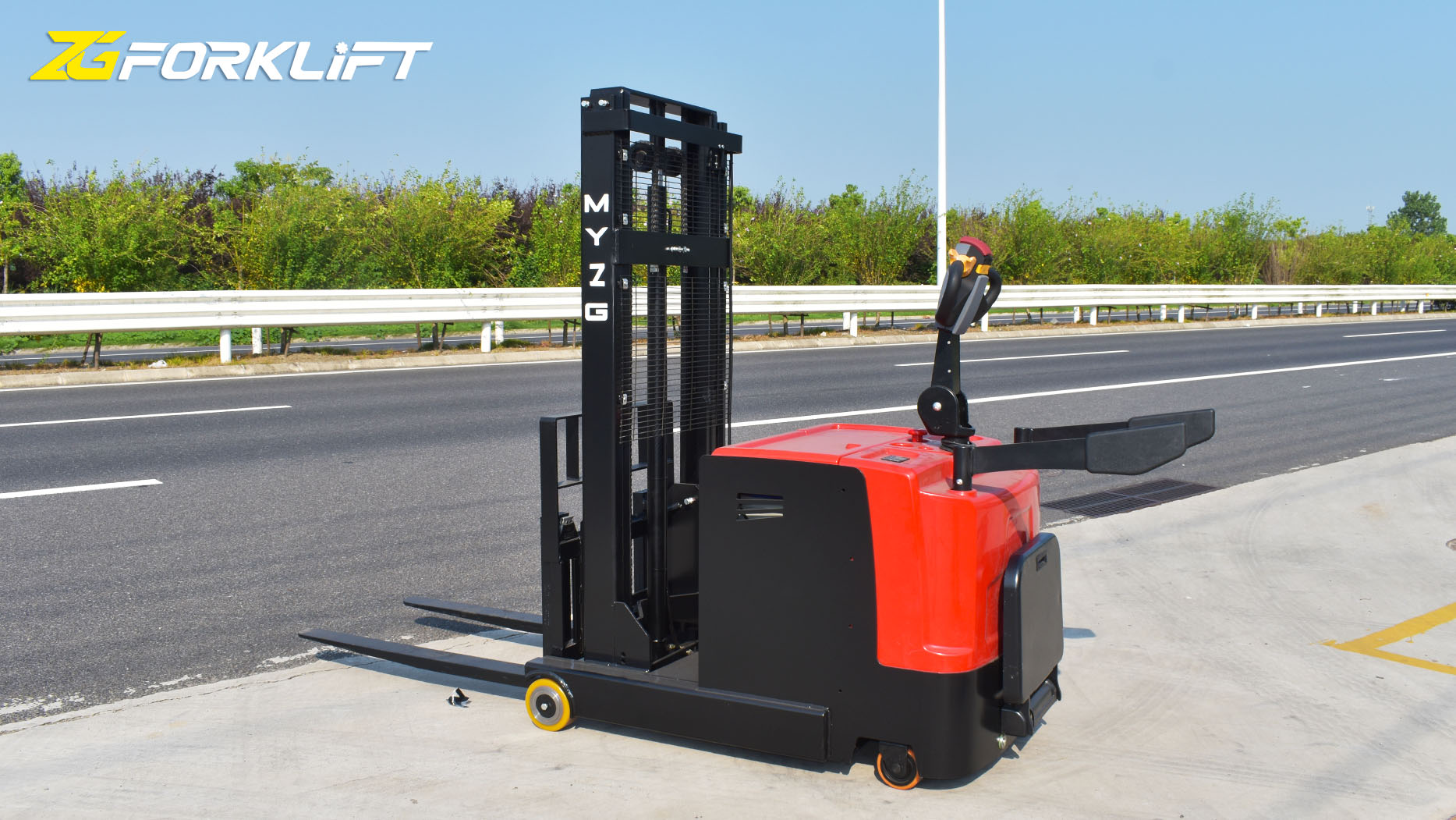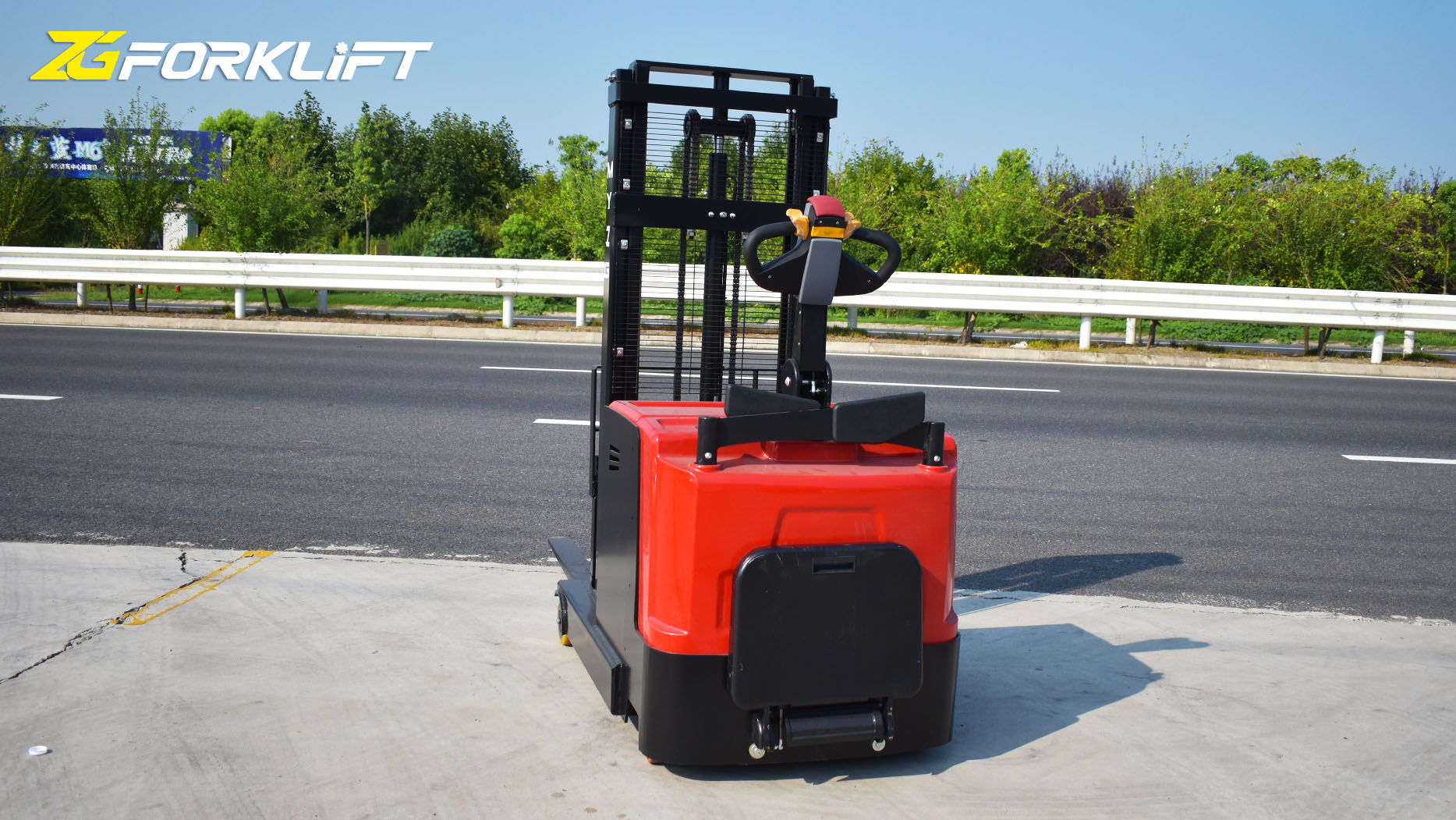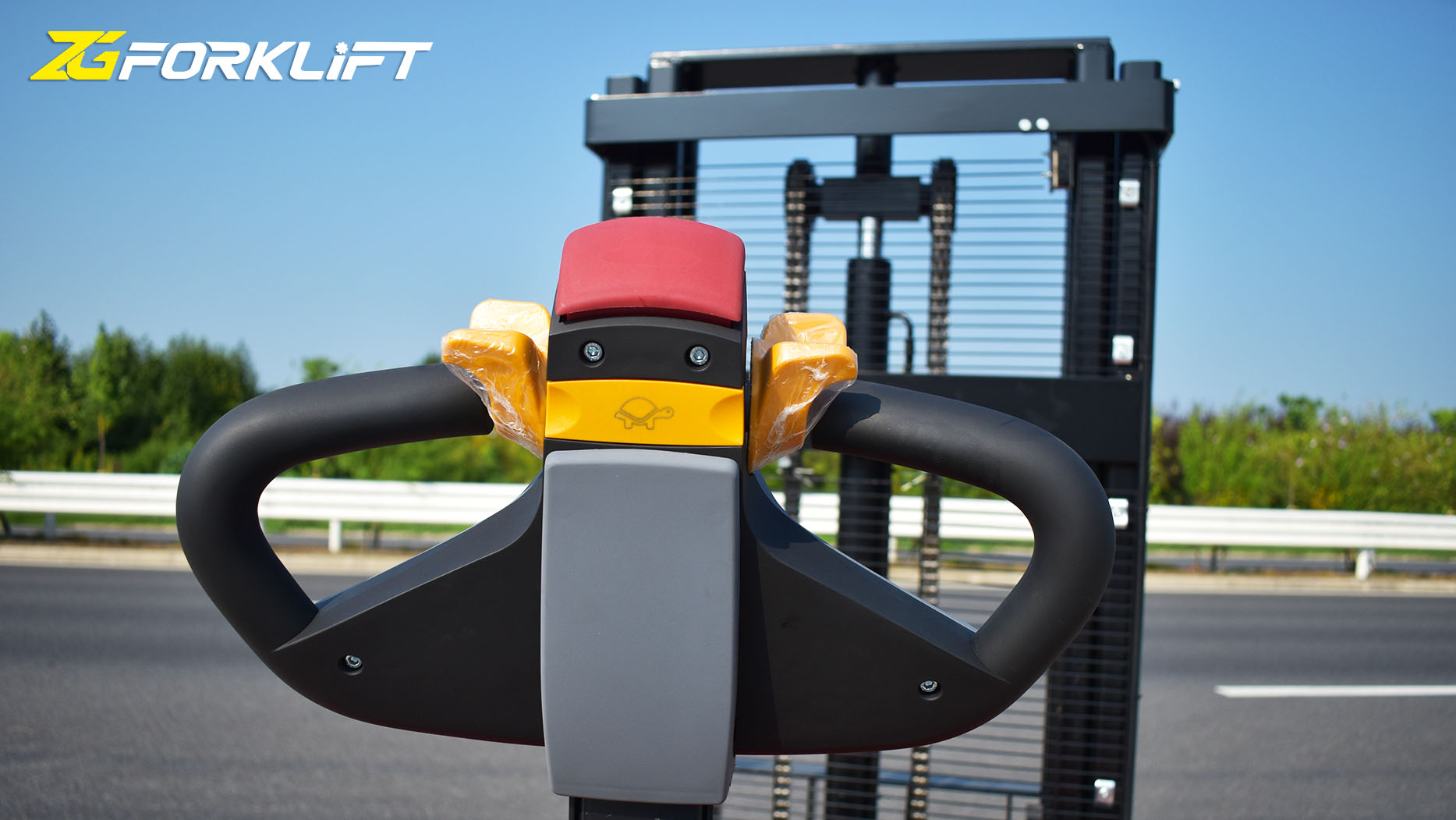What is the Load Capacity of a Stacker? A Deep Dive into Factors and Calculations
Stackers, essential equipment in warehousing and material handling, play a crucial role in maximizing storage space and streamlining operations. A key consideration when selecting and utilizing a stacker is its load capacity. Understanding the factors influencing this capacity and how it's determined is paramount for safe and efficient operations. This article delves into the intricacies of stacker load capacity, exploring the various elements that contribute to it and the methods used to calculate and ensure it remains within safe limits.
Defining Load Capacity:
Load capacity, in the context of a stacker, refers to the maximum weight the equipment can safely lift and transport. This is not merely the weight the stacker can physically lift, but the weight it can handle while maintaining stability, structural integrity, and adhering to safety standards. Exceeding the rated load capacity can lead to catastrophic consequences, including equipment failure, load slippage, tip-overs, and, most importantly, injuries to personnel.
Factors Influencing Load Capacity:
Several factors contribute to a stacker's load capacity. These can be broadly categorized into design-related factors and operational factors:
1. Design-Related Factors:
Structural Design: The stacker's frame, mast, forks, and other structural components are designed to withstand specific stresses. The materials used, their thickness, and the overall geometry of the structure play a crucial role. A robust design using high-strength steel and optimized structural configurations will result in a higher load capacity.
Mast Design: The mast, responsible for lifting the load, is a critical component. Its height, the number of stages (single, double, or triple), and the design of the lifting mechanism (hydraulic cylinders, chains, etc.) directly impact the lifting capacity. Taller masts generally have reduced load capacities at higher lift heights due to increased bending moments.
Fork Design: The forks, which support the load, must be strong enough to bear the weight and resist bending or deformation. The length, thickness, and material of the forks are crucial. Longer forks can accommodate larger loads but may also reduce the overall load capacity due to increased stress on the mast.
Hydraulic System: For hydraulic stackers, the capacity of the hydraulic cylinders, pumps, and valves is a limiting factor. The hydraulic system must be able to generate sufficient force to lift the rated load.
Counterweight: Counterweights are used to balance the load and prevent the stacker from tipping forward. The weight and placement of the counterweight are carefully calculated to ensure stability. A larger counterweight generally allows for a higher load capacity.
Wheelbase and Center of Gravity: The stacker's wheelbase (distance between front and rear wheels) and the location of the center of gravity (both with and without a load) significantly affect stability. A wider wheelbase and a lower center of gravity contribute to greater stability and allow for higher load capacities.
Material Selection: The materials used in the construction of the stacker, such as steel alloys, influence its strength and durability. High-strength materials enable the stacker to handle heavier loads without compromising structural integrity.
2. Operational Factors:
Load Center: The load center is the distance from the front face of the forks to the center of gravity of the load. The rated load capacity is typically specified at a standard load center. As the load center increases (i.e., the load is positioned further away from the forks), the stacker's lifting capacity decreases. This is because the increased distance creates a larger bending moment on the mast.
Lift Height: As mentioned earlier, the lifting capacity decreases as the lift height increases. This is due to the increased bending moment on the mast and the potential for instability at higher elevations.
Operating Surface: The condition of the operating surface (e.g., smooth, uneven, sloped) can affect the stacker's stability and load capacity. Uneven surfaces can cause the stacker to tilt, reducing the effective load capacity and increasing the risk of accidents.
Battery Capacity (for electric stackers): For electric stackers, the battery capacity influences the operating time and may indirectly affect the load capacity if the stacker's performance is compromised at lower battery levels.
Operator Skill and Training: Proper operator training is crucial for safe and efficient operation. Operators must be aware of the stacker's load capacity, load center limitations, and safe operating procedures. Improper handling can lead to overloading and accidents.
Environmental Conditions: Extreme temperatures, humidity, and other environmental factors can affect the performance of the stacker's hydraulic system and other components, potentially impacting the load capacity.
Determining and Ensuring Load Capacity:
Manufacturer's Specifications: The most reliable source for the load capacity of a stacker is the manufacturer's specification sheet or data plate. This information should be readily available and clearly state the rated load capacity at a specific load center and lift height.
Load Capacity Charts: Manufacturers often provide load capacity charts that show the permissible load at various lift heights and load centers. These charts are essential for operators to determine the safe load limits for different operating conditions.
Regular Inspections: Regular inspections are crucial to ensure that the stacker is in good working condition and that no components are damaged or worn. Any damage to the mast, forks, hydraulic system, or other critical components can affect the load capacity and should be addressed immediately.
Weight Verification: Before lifting any load, it's essential to verify its weight. This can be done using a weighbridge or other weighing devices. Never attempt to lift a load without knowing its weight.
Load Center Calculation: Operators should be trained to calculate the load center and understand its impact on the stacker's capacity. Proper load placement is essential for safe operation.
Safety Training: Comprehensive safety training for all stacker operators is paramount. Training should cover load capacity limitations, load center calculations, pre-operational inspections, safe operating procedures, and emergency procedures.
Calculating Load Capacity (Simplified Example):
While manufacturers provide detailed charts, a simplified example can illustrate the principle of load center reduction:
Assume a stacker has a rated capacity of 2000 lbs at a 24-inch load center. If the actual load center is 36 inches, the permissible load will be less than 2000 lbs. A simplified (though not entirely accurate due to other factors involved) calculation could be:
Capacity reduction factor = (Standard load center / Actual load center) = (24 inches / 36 inches) = 0.67
Approximate permissible load = Rated capacity * Capacity reduction factor = 2000 lbs * 0.67 = 1340 lbs
This is a simplified illustration. Always consult the manufacturer's load capacity chart for accurate values.
Conclusion:
Understanding the load capacity of a stacker is critical for ensuring safe and efficient material handling operations. By considering the various design and operational factors discussed in this article, and by adhering to manufacturer's specifications and safety guidelines, operators can maximize the utilization of their equipment while minimizing the risk of accidents. Regular inspections, proper training, and a thorough understanding of load capacity principles are essential for maintaining a safe and productive working environment. Never exceed the rated load capacity of a stacker, and always consult the manufacturer's documentation for specific guidance.
Post time:Feb.07.2025



